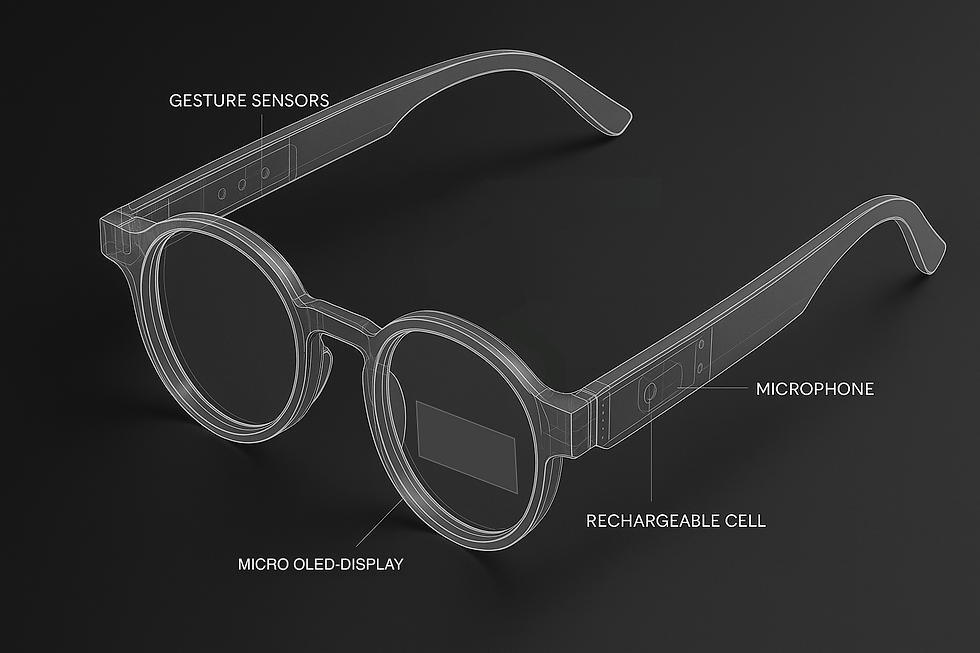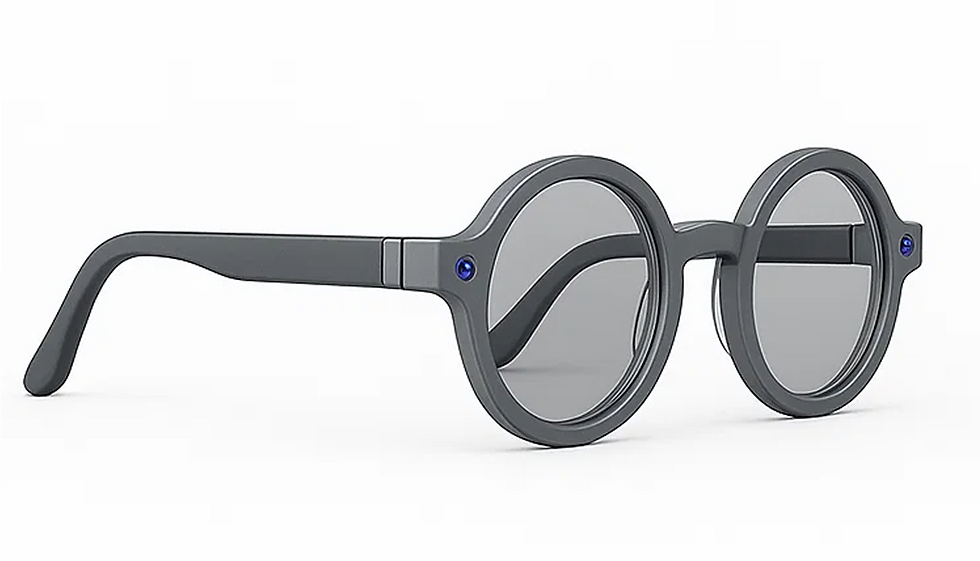AR Reading Glasses
Bridging Traditional Reading with Modern Technology

The Genesis
In an era dominated by screens and digital interfaces, we find ourselves increasingly disconnected from the tactile experience of reading physical books. The challenge was clear: how could we enhance the traditional reading experience without replacing it? This question led to the conception of AR Reading Glasses, a project aimed at seamlessly blending the convenience of digital technology with the irreplaceable experience of reading physical books.
The Problem Space
Traditional reading faces several modern challenges. Readers frequently interrupt their flow to look up unfamiliar words, breaking their immersion and concentration. For non-native speakers and students tackling complex subjects, this interruption occurs even more frequently. Additionally, the growing dependence on screens for reading assistance has led to increased eye strain and reduced engagement with physical books.
The Solution: AR Reading Glasses
The concept emerged as a minimal, non-intrusive solution that respects the traditional reading experience while offering modern convenience. The AR Reading Glasses are designed to be lightweight, compatible with prescription lenses, and focused solely on providing instant word definitions through subtle AR overlays.


.png)
Core Features
The system operates through two primary interaction methods. The first utilizes precise eye-tracking technology to detect when a reader lingers on an unfamiliar word, automatically providing its definition in a subtle overlay. The second method employs gesture recognition, allowing readers to underline words with their finger for instant definitions. This dual-approach ensures accessibility and user preference accommodation.
Technical Architecture
At the heart of the system lies a sophisticated but efficient processing pipeline. The glasses incorporate miniaturized components including an eye-tracking module, gesture sensors, and a micro-projector. Local processing ensures quick response times and privacy, while power optimization allows for all-day use. The system's modular design enables future updates and customization without replacing the entire unit.
User Experience Design

The interface design follows three core principles: minimal intrusion, instant response, and natural interaction. Definitions appear in a clear, readable overlay that doesn't obstruct the surrounding text. The display automatically adjusts its position based on the page layout and reading conditions, ensuring optimal visibility without disrupting the reading experience.
AR widget
When a word is underlined in the book, an overlay box appears seamlessly below it. The position of the overlay dynamically adjusts based on the word’s placement on the page, ensuring it feels intuitive and non-intrusive to the reading experience.




Conclusion
The AR Reading Glasses project demonstrates how thoughtful technology integration can enhance traditional experiences without replacing them. By focusing on a single, well-defined problem and solving it elegantly, we've created a tool that respects the timeless act of reading while making it more accessible and enjoyable for modern readers.
This project embodies the principle that the best technology often isn't the most complex, but rather the most thoughtful in its application. It shows how innovation can preserve and enhance traditional experiences rather than replacing them, pointing the way toward a future where technology and tradition coexist harmoniously.